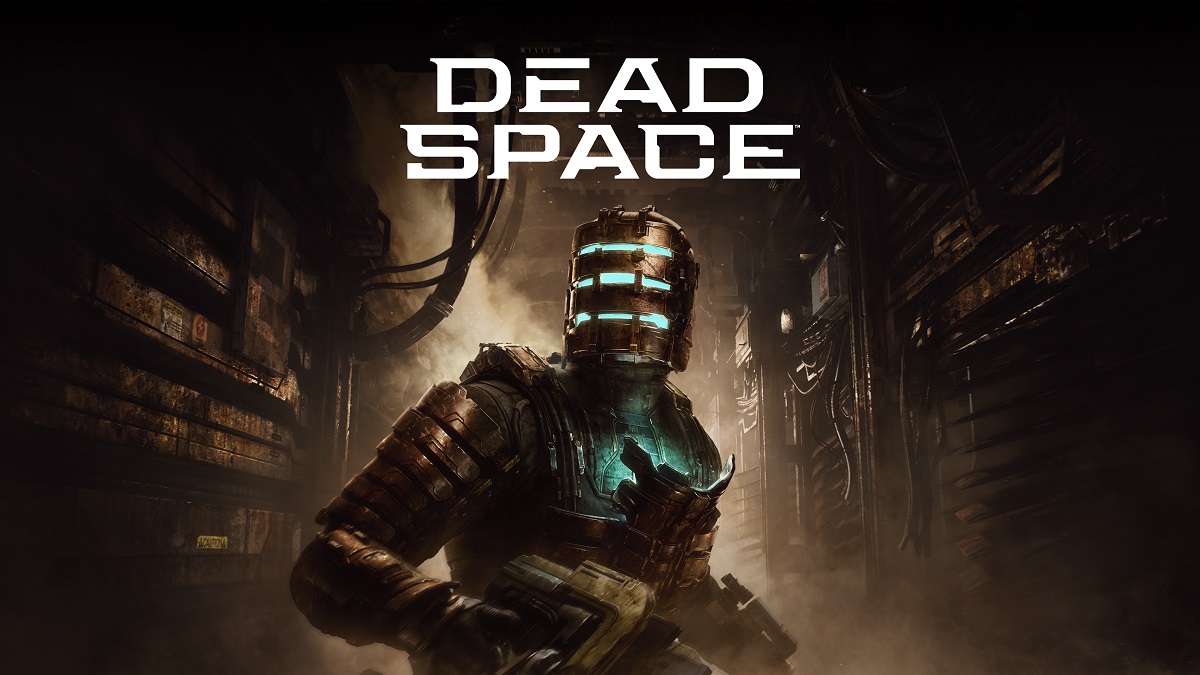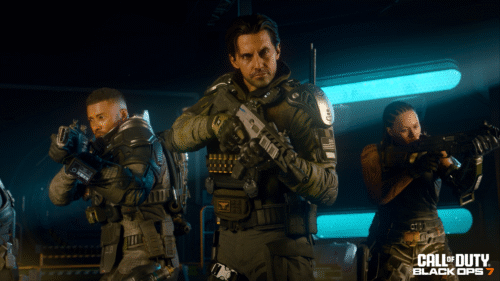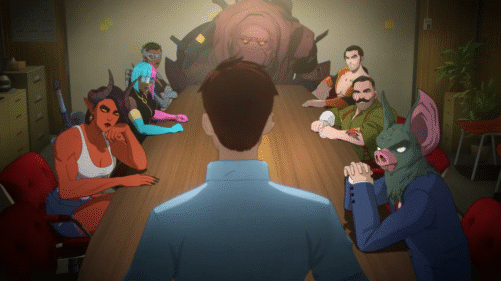A decade ago, Electronic Arts and Visceral Games’ “Dead Space” seemed like one of the most creatively robust and successful franchises in the world. And then “Dead Space 3” disappointed me—I was one of the few fans of the game, even if it doesn’t compare to the first two in the series. Before you knew it, Isaac Clarke was adrift, a part of video game history instead of anything in development. Of course, in pop culture, nothing really dies.
After the success of the remakes of “Resident Evil 2” and “Resident Evil 3,” and the acclaim for last year’s “The Last of Us, Part 1,” it made sense that EA would return to “Dead Space,” a breakthrough, influential game that has now been completely rebuilt from the top down with voice work (the first game initially had a silent protagonist), new mechanics, new environments, and even some new story twists. It’s not just a coat of paint. It’s a game that feels new. Sure, some of the structure is a bit dated—constantly looking for save spots instead of auto-saves, a clunky movement style for Clarke, an outdated inventory system, etc.—but what works about this game has not only been maintained but enhanced. It’s still a terrifying, riveting experience, a game that echoes films like “Alien” and “Event Horizon” while also feeling distinctly original at the same time. I hope this one is no one-off and that it’s successful enough to put the words “Dead Space 4” on a release schedule again.

“Dead Space” unfolds in the 26th century, far from the safety of planet Earth. You step into the gravity boots of Isaac Clarke (voiced here by Gunner Wright, who voiced the character in “Dead Space 2” and “Dead Space 3”), a worker on the repair vessel USG Kellion (elements from “Alien” like its working-class crew emerge from the very beginning). The USG Ishimura, a massive mining ship above a planet called Aegis VII, has gone silent, and the Kellion is assigned to investigate. When they’re docking with the Ishimura, something goes horribly wrong, and Clarke has to board the mining vessel to fix the problem. He quickly walks into a nightmare.
The Ishimura has been overrun by alien zombies. Named Necromorphs, they’re terrifying creatures with massive pointy arms and legs. One of the game’s brilliant approaches to combat in 2008 was to move from the traditional head-shot focus of the shooters of the day to strategic shooting. It’s wise to take the legs out of your enemies first to slow them down. And with the new graphics on the PS5, this aspect of “Dead Space” is incredibly rewarding. It’s just fun to dismember your enemy, leaving it crawling towards you before it’s finally dispatched.
That’s if you have the ammo to do so. “Dead Space” feels even more like survival horror than I remembered. Ammunition is scarce enough that I had to literally just swing away and try and beat some enemies to death a few times because all my guns were empty. The combat customization remains remarkable because you have a steadily building arsenal that’s upgraded through “nodes” found throughout the game. But everything is enhanced by something called Stasis, which can be used to slow your enemies and also to grab items from the environment and hurl them at the bad guys. The blend of different strategies makes for a game that never grows stale, and the way the game has been rebuilt for the PS5 controller is remarkable.

Of course, the main thing players will notice about “Dead Space” in 2023 is that it doesn’t look like a game that came out in 2008. The details in the environment have been greatly enhanced, giving the entire experience aboard the Ishimura even more tension. You often only have the flashlight at the end of your gun to light your way through the infested corridors of the ship. And the cut down on load times intensifies the experience as Clarke can travel more seamlessly from one nightmare to another. The sound design was acclaimed in 2008, and it remains a marvel. Every time something clanged around a corner, or I heard the scream of an enemy, my pulse quickened a bit.
The controls have been reworked slightly, too, including allowing Clarke to run with the click of a stick, and there are just more elements in the environment to play with and discover. Everything about the Ishimura feels denser as if it was a real vessel before it opened a portal to Hell. Once again, the lore of “Dead Space” often unfolds in audio and text logs, which allows serious fans to dig into the storytelling or casual ones to just ignore them. There are even a few brand-new side quests and a few notable changes to the main narrative.
“Dead Space” remains one of the best survival horror games of all time. In an alternate universe, it never disappeared in 2013, leading to rich new installments that expanded on this fascinating franchise. Maybe it’s not too late.
The publisher provided a review copy of this title.












